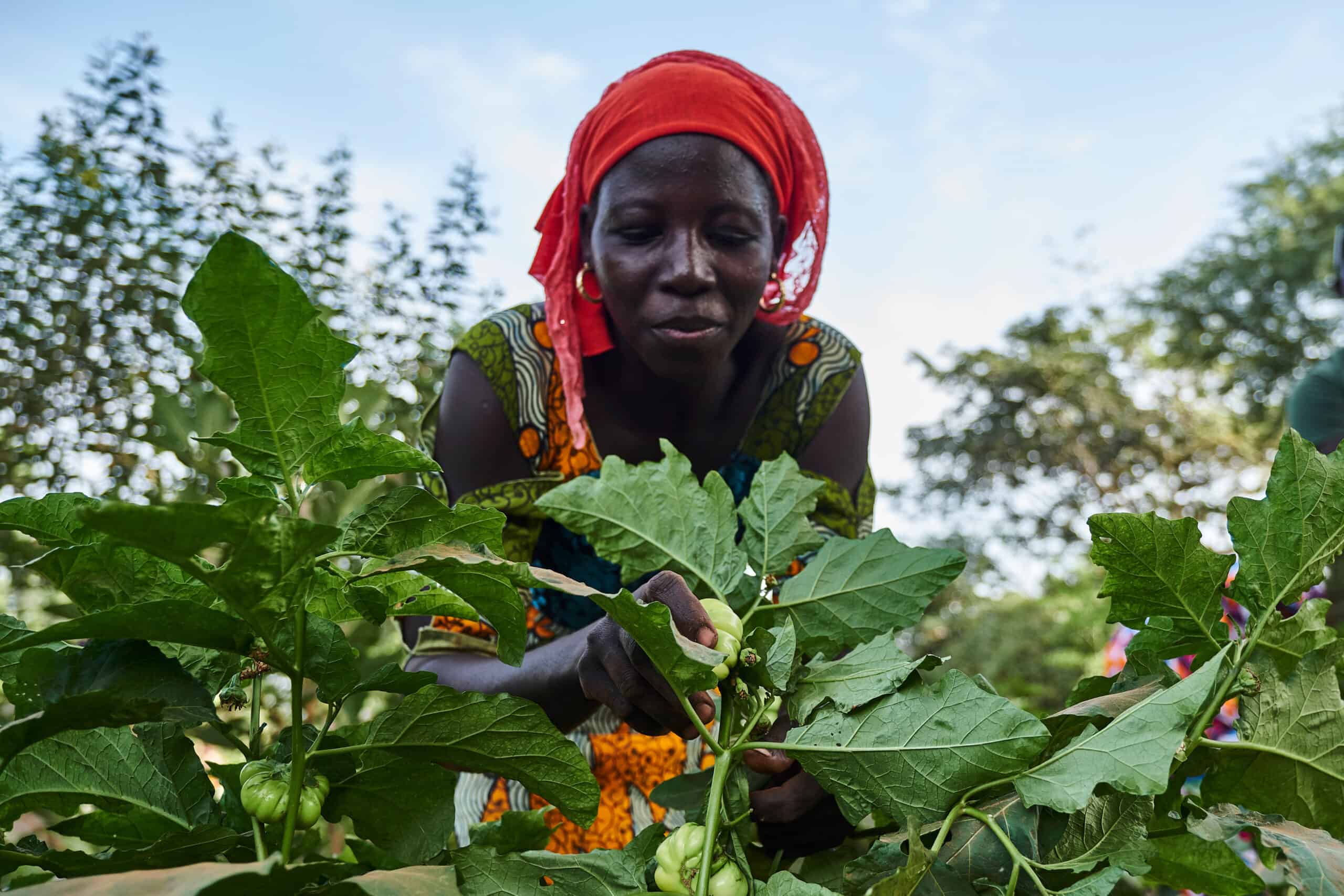“From pre-production, to growing of food, rearing of animals, and clearing of land, all along to the post-harvest processing, transport, distribution, you bringing your food home, you storing it, and you throwing it away… All that together makes a major contribution to climate change and greenhouse gas emissions,” says Tara Garnett, Founder of the Food Climate Research Network.
Agriculture is the leading factor in land use around the globe and the leading contributor to deforestation. It’s a problem that regenerative agroforestry nonprofit Trees for the Future sees on a regular basis as they work with smallholder farmers to revitalize their lands.
“In agriculture, the idea has always been that the more land you can farm, the more money you can make,” says Trees for the Future Executive Director John Leary. “This intensification of land over decades has left us with desertified and deforested land that can no longer sustain itself, let alone crops. And as the trees and soil have disappeared, so has the land’s ability to hold carbon.”
Trees and soil act as carbon sinks, and while they can effectively capture carbon, they can also release it. When a tree is cut down and soil is blown or washed away, we’re not just losing the potential to store carbon, the carbon that was stored up to that point is released back into the atmosphere again.
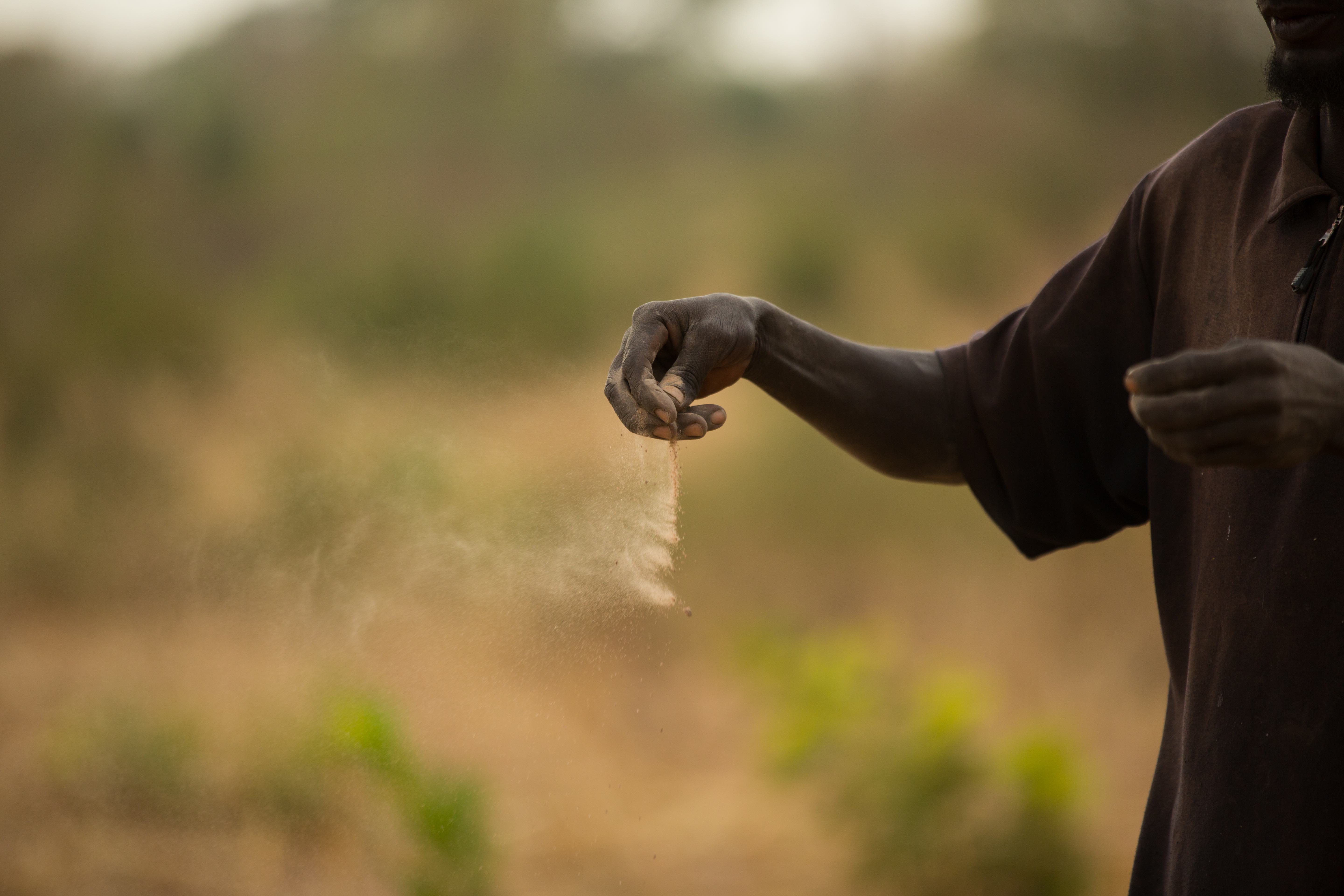
A Continuing Cycle
Food is a leading contributor to climate change, and it’s also an industry feeling the brutal effects of climate change. This year, historic famine in southern and sub-Saharan Africa brought on by drought is a result of changing weather patterns and climate.
“We work with farmers battling hunger because the rain simply won’t come. Without rain they have no livelihood, no income, and cannot feed themselves or their family,” Leary says. “Extreme temperatures, no rain, too much rain, and unpredictable weather events all impact farmers.”
But if the science is there and the effects are being felt, why is food not a larger part of the climate conversation?
Garnett says the complexity of the food system makes it hard to change or improve – though she adds that change is essential and the challenges do not make it impossible. Compared to another main contributor of climate change – the transportation industry and its use of petroleum – she says the food system is not cut and dry. There are emissions from livestock and soil, there is the issue of deforestation, and the industry is tied up in land tenure, mining, and timber.
“It’s just really really messy,” she says. “And the importance of food for people in their culture and their traditions adds to the challenge.”
Just last year, the Vice President of Zambia met criticism when she proposed the country move away from its heavy reliance on maize. Drought in the country has made maize production increasingly unreliable, and without their staple food, hunger in Zambia has spiked. But, as Garnett mentions, it’s hard to change something that is so ingrained in the people and culture.
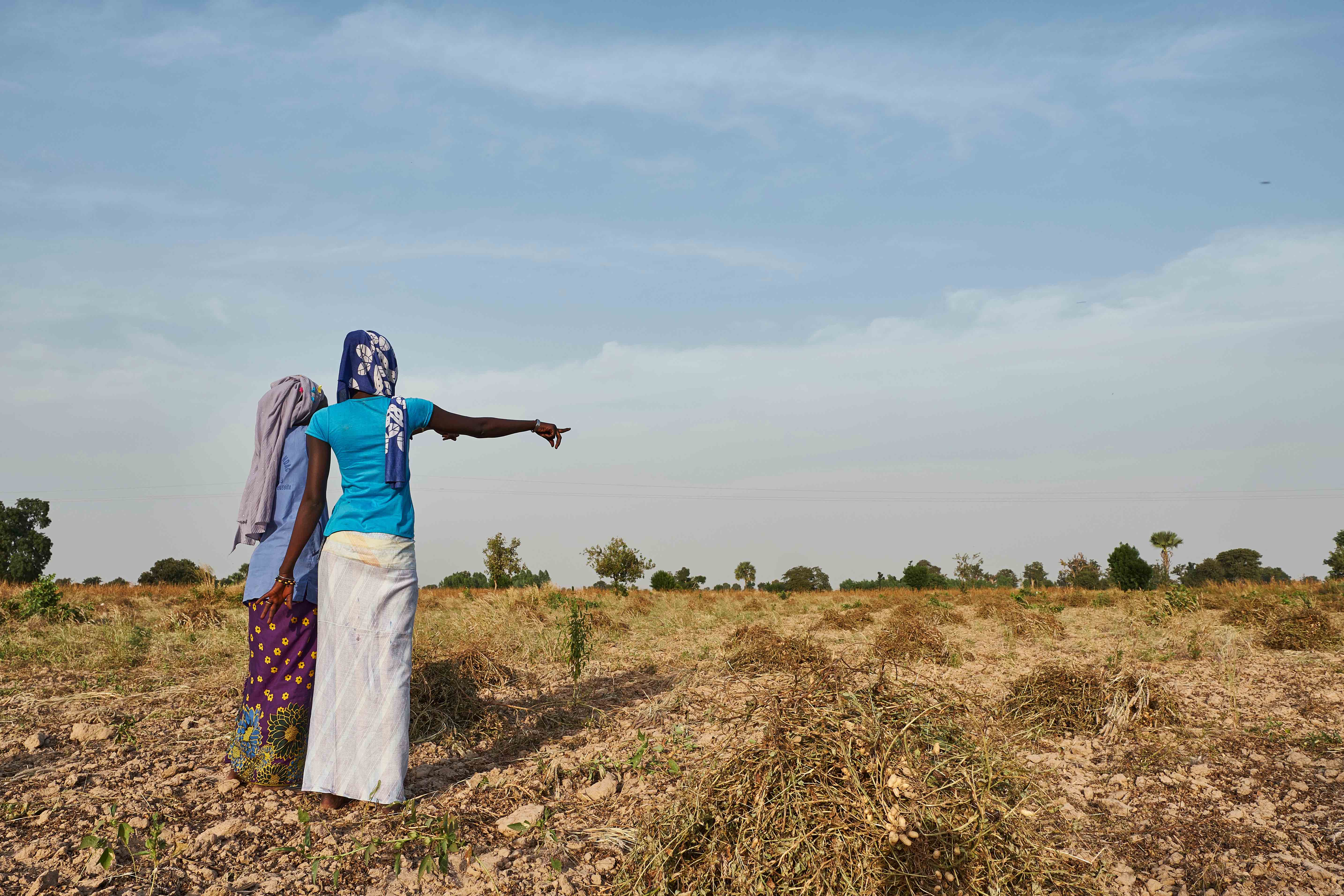
So what can be done? The solution might not be as far off as we think.
“It’s time to start farming differently,” Leary says. “The more land we destroy, the more we contribute to climate change, and the more smallholder farmers are hit with the effects of climate change. It’s time to embrace a regenerative polyculture approach to farming rather than monocrop intensification.”
At Trees for the Future, Leary and staff are training smallholder farmers in just that. The Forest Garden Approach is a regenerative agroforestry method that emphasizes protecting the land, diversifying crops, and optimizing space.
With Forest Gardens, farmers are protecting the soil and planting thousands of trees so that rainwater can be redirected back into the ground as opposed to running off the land or quickly evaporating. They’re supporting the natural processes of the land, allowing biodiversity to flourish.
Where before they were contributing to climate change by clearing land and feeling the pains of climate change with each meager harvest, they are now combating environmental harms and protecting themselves from its effects through innovative solutions and a diversified crop portfolio.
“If you hit a drought and you’re only growing one water-intensive crop, you’re going to lose everything,” says Leary. “But with a Forest Garden, you have a more stable micro-environment and a diverse array of crops with varying levels of hardiness to weather the drought.”
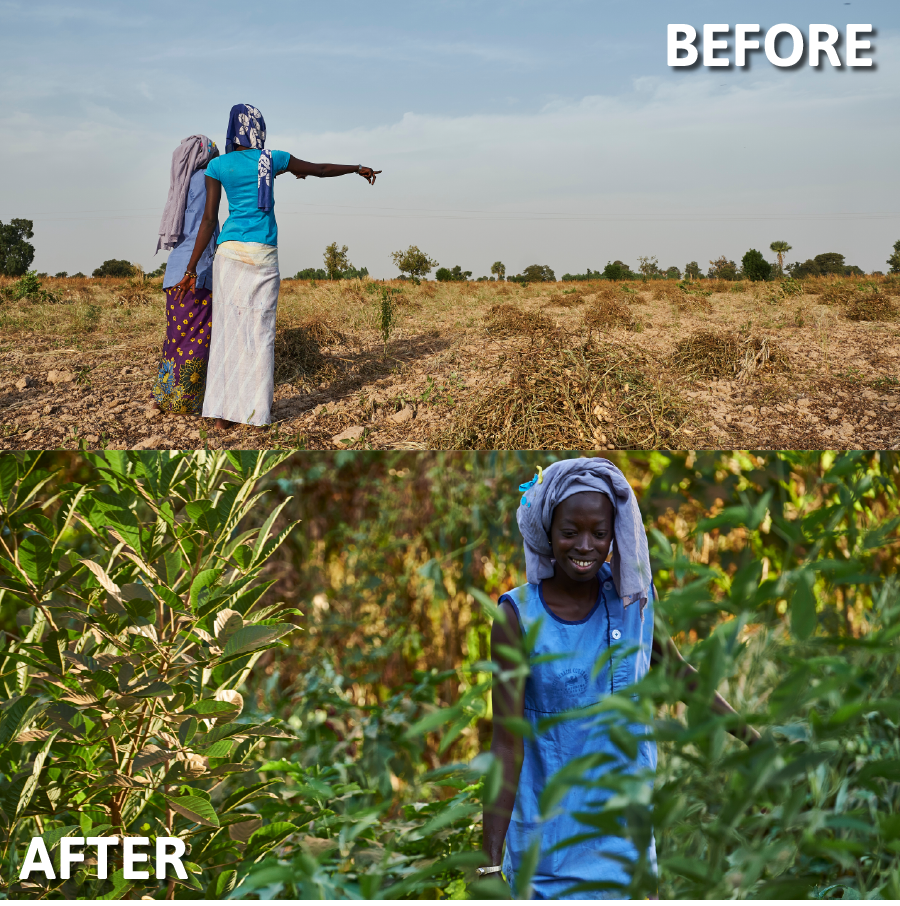
Farming is Failing Public Health Too, But There is Something We Can Do
Where monocropping and agriculture practices have failed the environment, they’ve also failed to achieve the main goal of farming: to feed people.
“Ultimately we need to say what’s the food system for? And it’s to feed people well, not just feed people, but feed people well. And at the moment it’s not really doing that,” Garnett says.
Despite there being enough food on the planet to feed the global population, food is disproportionately dispersed and nutrient-rich diets are few and far between in the developing world. But the Forest Garden Approach addresses that too. With a diverse mix of food on their own property, Forest Garden farmers gain access to nutrient-rich foods.
“Regenerative agriculture isn’t just the solution for our planet, it’s the solution for the millions of people living in hunger and poverty as well,” says Leary. “A few companies are profiting from the agriculture industry, while the rest of us pay the price through hunger, poverty, and a warming planet.”
All these effects considered, you’d think there’d be more conversations about the agriculture industry and its repercussions. On the contrary, a recent study found that the majority of Americans are not talking about the impact of food and diet on the environment and most have not heard about the issue in the media. Overall, Garnett cites politics and policy as the major barrier in the food debate.
“We need economic instruments, we need regulation, we need actual intervention in the market,” she says.
Until those policy changes happen, Leary says Trees for the Future will continue working toward change at a grassroots level.
“We’re working with tens of thousands of farmers across sub-Saharan Africa to establish Forest Gardens and create the change in farming and the food system that we need so badly,” Leary says. “Yes, it’s frustrating that policy cannot or will not move at the same pace as organizations like ours, but with support from our donors and partners, we can continue to make great change for people and the planet.”
To date, Trees for the Future has planted more than 180 million trees and established nearly 15,000 Forest Gardens. To learn more and support their work, visit their site.
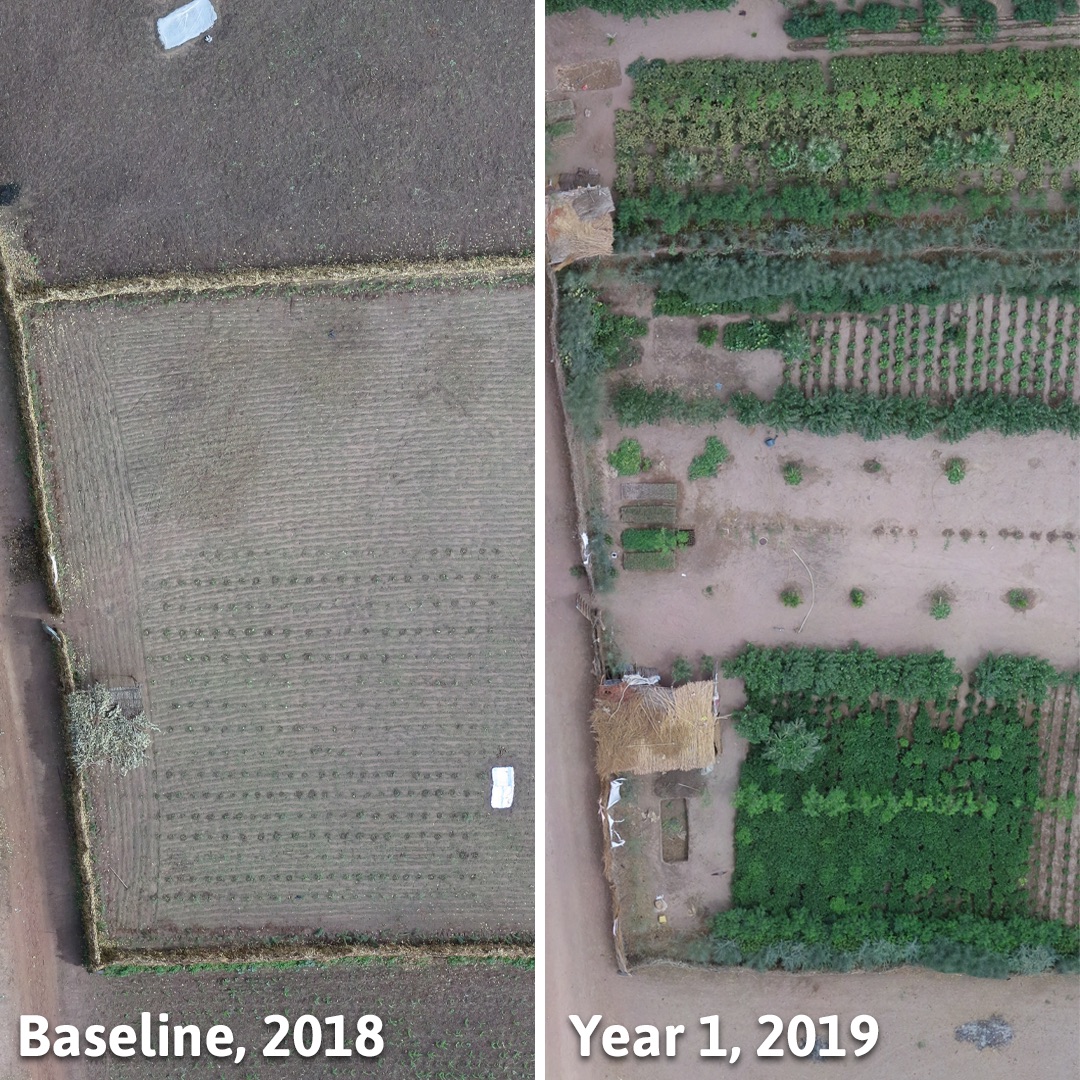
###
Trees for the Future is a registered 501 (c)(3) nonprofit dedicated to ending hunger, poverty, and deforestation by training smallholder farmers in the Forest Garden Approach.
The Food Climate Research Network (and their sister site Foodsource) conducts, synthesises, and communicates research at the intersection of food, climate, and broader sustainability issues. Based at the University of Oxford, we work to inform and connect stakeholders with a common interest in understanding and building sustainable food systems.
